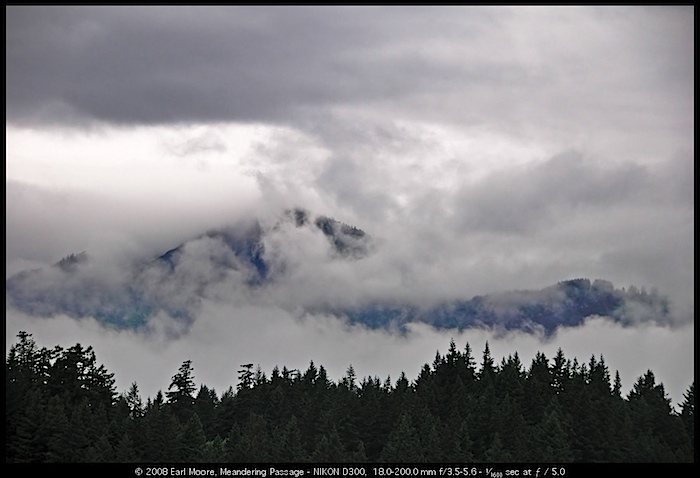An interesting tidbit this morning about a Japanese company, Sanwa Newtec, who has developed a printer with no consumables:
a printer introduced by Japanese company Sanwa Newtec, called the PrePeat RP-3100 (a play on “repeat”). It prints on A4-sized sheets of PET plastic, and these sheets can be reused up to 1,000 times, the company says. The printer uses heat transfer technology rather than ink, and so has no consumables. There’s a video of the printer in operation at this link. — kdawson, Slashdot
This initial model prints low resolution in only B&W. But of course my imagination takes this interesting concept several steps farther in the developmental path to thinking how photographers might use this technology with the capability of high resolution, larger plastic stock, extended durability and full color.
I don’t know about anyone else but I’m lucky if the first print of a photo is totally acceptable. I’ll often see something that needs a small tweet and a reprint. Even with keeping the screen and printer calibrated there are differences and variances — changes in ink cartridges, different paper lots, etc.. With the “PrePeat” printer you could rerun the same sheet through the printer for a reprint and you could do this many times until you were totally satisfied with the results.
Of course perhaps in the not too distant future prints will be replaced by paper thin screens you can load a photo to, ebooks and eframes, or projections and holograms.
What do you think? Any “guesses” on the future of photo display technology? Is printing as we know it eventually doomed? Will photo printing follow a similar path as film photography…still practiced by many but not the “main-stream method” of photographic image display?
Note: This is not a film vs. digital challenge so no smack-downs please! ;-)

Very cool technology! Maybe in the future we will not print at all…
I never thought of either one of those ideas, so who know what will be in the future. Paper thin screens does intrigue me, may have to buy one. Oh, that’s right, they’re not out yet. Look what you did, got me shopping for the newest gizmo already, Earl.
No smack down intended, not my opinion: a traditional print, using paper and reflected light, is just a totally different beast than any kind of screen that emits light. The feel is different. I really wrestle with this because I’m thinking of developing for the iPad some kind of ‘photo book’ application, so I’ve given this some noodling. I was talking to a woman holding a Kindle to read a book on the flight out to San Jose the other day. I LOVE magazines, love their color, glossy paper, and color images. I also love photo books. I also love 11×14, 16×20 prints hanging on the wall. I love that they are artifacts (the large prints). Now, my iPad app doesn’t really answer any of the issues I’ve just raised. The magazine business is hurting; are people going to publish magazines to be read on the iPad? I don’t know. Will people be willing to carry one iPad on which they have a copy of ‘Shutterbug’ and also have a copy of ‘The Americans?’ I don’t know. Will any kind of ‘screen’ be big enough and versatile enough to sit on the wall in my office, even if it can swap images, as a small electronic photo frame I just saw yesterday in an office can do?
Sorry, I didn’t mean to go on, I just have been giving these issues some thought lately and your post kinda opened the floodgates. In short, a print to me is an artifact, a thing, above and beyond the image itself. I don’t want to lose that aspect of photography, I guess.
You and I also grew up with printed media and it seems very “natural” to us. There’s generations growing up now who spend more time on screens and devices then printed books or magazines — I wonder what will be natural or preferred by them?
Traditional printing on paper may become more non-mainstream much as photography with film has become today. But that’s a guess on my part and I have more questions then answers. :-)